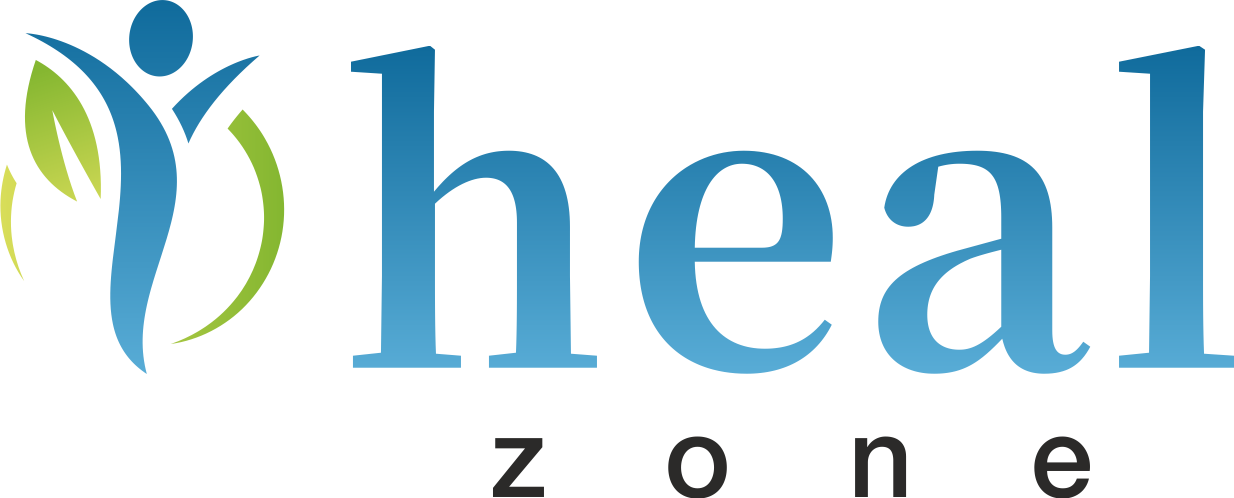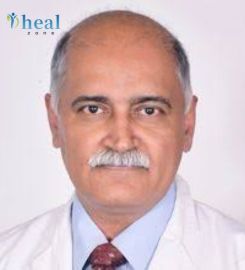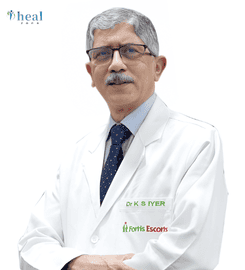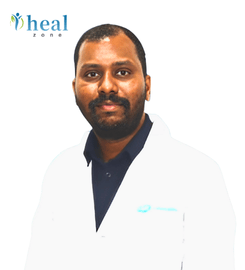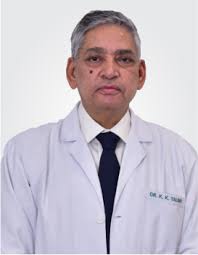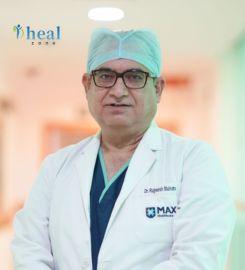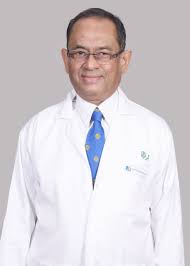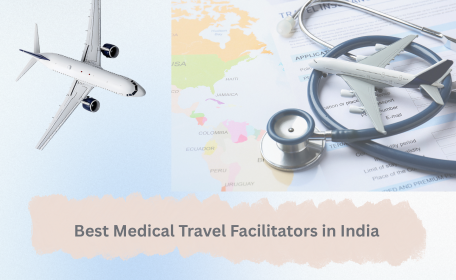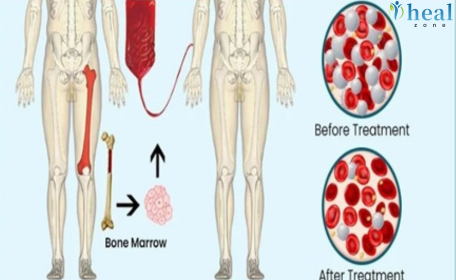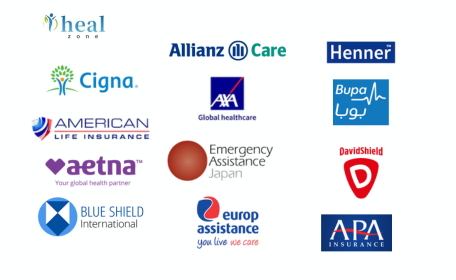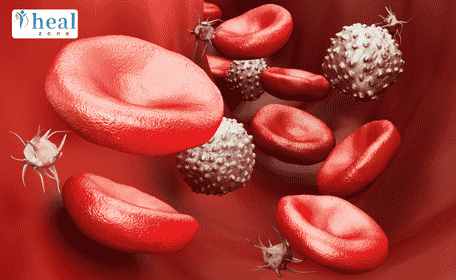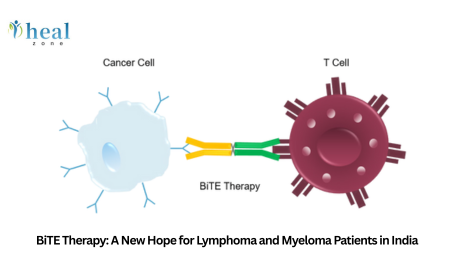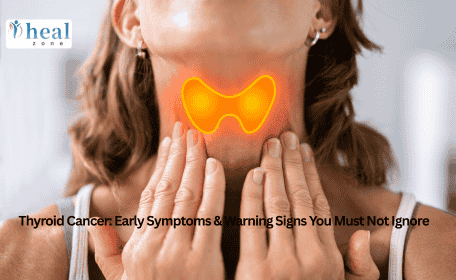What Are ASD and VSD in the Heart?
Atrial Septal Defect (ASD) and Ventricular Septal Defect (VSD) are two common congenital heart conditions, meaning they are present at birth. These defects involve holes in the walls (septa) of the heart chambers, leading to abnormal blood flow.
- ASD (Atrial Septal Defect): A hole in the septum that separates the two upper chambers of the heart (atria).
- VSD (Ventricular Septal Defect): A hole in the septum between the two lower chambers (ventricles).
Both conditions allow oxygen-rich blood to mix with oxygen-poor blood, leading to symptoms like fatigue, poor weight gain (in children), shortness of breath, and increased risk of heart failure or pulmonary hypertension if left untreated.
When Is ASD/VSD Device Closure Required?
Device closure is recommended when the heart defect is:
- Moderate to large in size
- Causing symptoms or heart enlargement
- Diagnosed with increased blood flow (shunting) from left to right
- Posing a risk of future stroke, arrhythmias, or heart failure
ASD/VSD closure may also be advised even in asymptomatic cases to prevent long-term complications, especially if diagnosed in childhood. Early intervention offers better prognosis and avoids the need for open-heart surgery.
What Types of Heart Defects Can Be Treated Using Device Closure?
Not all heart defects are suitable for device-based closure. The decision depends on:
- Size and shape of the defect
- Position of the hole
- Presence of other congenital anomalies
- Patient’s age and weight
Types of defects treated with device closure:
1. Secundum ASD – Most common and easily treated using a device
2. Muscular VSD – Located in the lower, muscular part of the septum
3. Perimembranous VSD – May be closed with special devices in selected cases
4. Patent Foramen Ovale (PFO) – A small ASD variant, often closed to prevent stroke
Note: Not all perimembranous or large VSDs are suitable for device closure. Some may require surgical repair instead.
What Is the Step-by-Step Procedure for ASD/VSD Device Closure in India?
India follows globally accepted interventional cardiology protocols for transcatheter ASD/VSD device closure. It is a minimally invasive and safe day-care or short-stay procedure.
Step-by-Step Treatment Protocol:
1. Diagnosis & Pre-Procedure Workup:
- Echocardiography (2D/3D), Transesophageal Echo (TEE), Chest X-ray
- Cardiac MRI/CT (if required)
- Blood tests and general health evaluation
2. Admission and Preparation:
- Patient fasts for 6 hours
- Consent obtained; IV lines secured
3. Anesthesia:
- Usually general anesthesia in children
- Conscious sedation for cooperative adults
4. Device Closure Procedure:
- A catheter is inserted through a vein in the groin (femoral vein)
- Device is guided using fluoroscopy and echocardiography to the heart
- The device is deployed to block the hole and then detached from the catheter
5. Post-Procedure Care:
- Monitoring in a recovery unit for 12–24 hours
- Discharge typically within 1–2 days
- Medication for 3–6 months (aspirin, antibiotics)
Patients can return to school or work within a week, depending on recovery.
What Devices and Techniques Are Used for Closure in India?
India uses US FDA and CE-approved cardiac occluder devices made by globally recognized manufacturers. These devices are biocompatible, safe, and effective in permanently sealing heart defects.
Popular Devices Used in India:
- Amplatzer Septal Occluder (Abbott)
- Gore Helex Septal Occluder
- Lifetech HeartR™ VSD Occluder
- Occlutech Figulla ASD Occluder
- Biostar® and CardioFix® devices
Techniques Used:
- Transcatheter (minimally invasive) approach using fluoroscopy + echocardiography
- TEE (Transesophageal Echo) or ICE (Intracardiac Echo) for accurate device placement
India’s advanced interventional cardiology centers are equipped with:
- Flat-panel cath labs
- 3D echo imaging
- Pediatric cardiac anesthesia and monitoring systems
Why Should International Patients Choose India for ASD/VSD Device Closure?
India has become a top destination for pediatric and adult heart procedures, including ASD and VSD device closures. The country’s combination of clinical excellence, affordability, and personalized care makes it ideal for foreign patients.
Key Advantages for International Patients:
- World-class cardiac catheterization labs and technology
- Interventional cardiologists with global training and certifications
- Hospitals accredited by JCI, NABH, and ISO
- High success rates of over 98% in simple ASD/VSD closures
- Comprehensive international patient departments
- Minimal waiting time and fast-tracked treatment process
India also provides personalized dietary options, translators, visa support, and family accommodations, ensuring a comfortable and compassionate environment for healing.
Why Choose Healzone for Your Treatment Coordination in India?
Healzone is a reliable medical tourism facilitator helping patients access safe, cost-effective, and high-quality care for congenital heart defects in India.
Healzone Offers:
- Direct access to pre-vetted hospitals and interventional cardiologists
- Treatment planning and budgeting before you travel
- Help with visa, airport pickup, hotel stay, and interpreter support
- Transparent communication and no hidden charges
- 24/7 assistance for patients and families during their stay
- Support for post-procedure follow-ups and teleconsultations
Choosing Healzone ensures that your medical journey is efficient, guided, and focused on recovery, so you can travel back home with peace of mind.
What Is the Cost Breakdown of ASD/VSD Device Closure in India?
India provides high-quality care at a fraction of the cost charged in Western or Southeast Asian countries. The average cost for ASD/VSD device closure ranges between $3,000 to $6,000 USD.
Here’s a detailed breakdown:
|
Component |
Estimated Cost (USD) |
|
Consultation and Diagnostic Tests (ECHO, ECG) |
$200 – $400 |
|
Transesophageal Echocardiography (TEE) |
$300 – $500 |
|
Cardiac MRI/CT (if needed) |
$400 – $800 |
|
Device (Amplatzer, Occlutech, etc.) |
$1,500 – $2,800 |
|
Procedure Charges (Cath lab, anesthesia) |
$800 – $1,200 |
|
Medications & Consumables |
$300 – $600 |
|
Hospital Stay (1–2 days in private room) |
$200 – $500 |
|
Follow-up & Medication (3–6 months) |
$100 – $200 |
|
Total Estimated Cost |
$3,000 – $6,000 |
Costs vary slightly based on device brand, hospital category, and patient condition. Packages can be customized for children, adults, and multiple defect cases.
What Is the Recovery Process After the Procedure?
One of the major benefits of ASD/VSD device closure is the quick recovery time compared to open-heart surgery. The procedure is minimally invasive, and recovery is fast and relatively painless.
Post-Procedure Recovery Timeline:
- Hospital Stay: 1 to 2 days
- Return to daily activity: Within 5–7 days
- School/work resumption: 1 week
- Medication duration: 3–6 months (blood thinner + antibiotics)
- Follow-up visits: After 1 month, then 3–6 months
Instructions for International Patients:
- Avoid air travel for 7–10 days post-procedure
- Maintain oral hygiene to prevent infections
- No strenuous exercise for 1–2 months
- Take all prescribed medications on time
Healzone provides full follow-up scheduling, digital report sharing, and teleconsultation with Indian doctors after you return to your country.
What Are the Risks and Benefits of ASD/VSD Device Closure?
ASD/VSD device closure is a safe and minimally invasive procedure, but like all medical treatments, it carries some risks and offers many advantages.
Benefits:
- Minimally invasive: No open-heart surgery or large incision
- Quick recovery: Short hospital stay and fast return to normal life
- High success rate: Over 98% in properly selected cases
- Less pain and scarring
- Reduced risk of long-term complications like stroke, arrhythmia, or heart failure
Possible Risks:
- Device dislodgement (rare)
- Infection
- Bleeding or hematoma at catheter insertion site
- Arrhythmia during or after the procedure
- Allergic reaction to contrast dye or medications
With experienced cardiologists and advanced imaging, these risks are minimal and manageable in top Indian centers.
Is the Procedure Suitable for Children and Adults?
Yes, device closure is suitable for both children and adults, depending on the size, location, and type of heart defect.
For Children:
- Recommended for moderate to large ASD/VSDs that are symptomatic or causing heart enlargement
- Usually performed between 6 months to 6 years, depending on the child's growth and defect anatomy
- Helps avoid complications like poor weight gain, fatigue, and lung hypertension
For Adults:
- Beneficial in undiagnosed congenital cases
- Prevents long-term risks like stroke, arrhythmia, or right heart failure
- Often used for Patent Foramen Ovale (PFO) closure to reduce the risk of cryptogenic stroke
Each case is evaluated using echocardiography and cardiac imaging to determine suitability for device closure. Some large or complex VSDs may still need surgical intervention.
India offers world-class expertise and technology in treating congenital heart defects through ASD and VSD device closures. At a fraction of international costs, you receive treatment in globally accredited cardiac centers with personalized care. With Healzone as your trusted partner, every step of your medical journey — from consultation to recovery — is simplified, transparent, and secure.
For families seeking affordable, safe, and quick cardiac care, India remains a top destination for ASD and VSD device closure procedure
